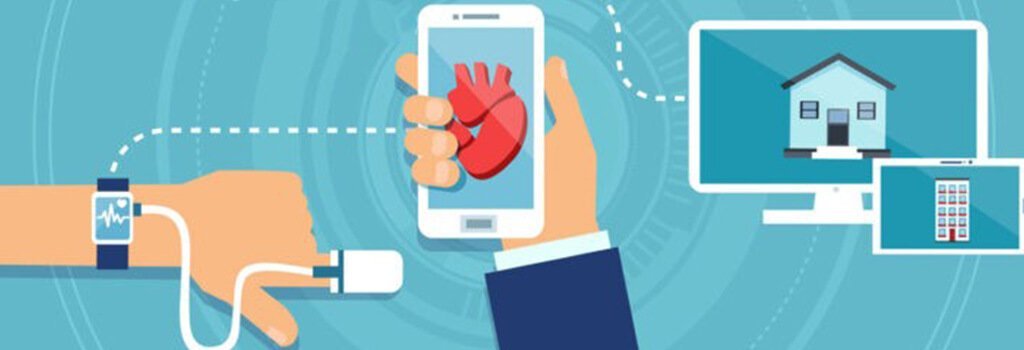The COVID-19 pandemic has radically changed the working habits of institutions and individuals to date. The limitation of working from offices within the scope of measures to prevent the spread of the epidemic, together with the emergence of issues such as remote working, remote management, monitoring, and intervention when necessary, made both individuals and institutions more dependent on technology.
In the early stages of the pandemic, institutions have met their basic needs, especially regarding remote working, by investing in the renewal of network and security systems and cloud technologies. In the coming days, it is expected that they will create an increase in demand in this field by turning to the internet of things (IoT) applications, technologies, and solutions to provide services such as health services, smart offices, remote asset monitoring.
With the pandemic, working habits in large offices have changed and remote work has begun. However, it is not possible to empty office and production areas such as factories. This situation required updating the working conditions in offices and factories according to pandemic conditions. It is inevitable to develop office strategies in which sensor-supported IoT applications will be used to control, monitor, and report updated conditions (such as the number of employees, location services that control distance, smart lighting, energy, environmental monitoring).
With the Covid epidemic, many people did not benefit from health services for reasons such as the density in hospitals and restrictions on leaving the house. For this reason, chronic diseases could not be treated, preventable diseases could not be diagnosed in time. This revealed the importance of monitoring patients without going to the hospital or a health clinic and monitoring their data remotely by performing tests. With the help of wearable devices and sensors, services such as remote routine health checks and diagnosis will be provided by hospitals, and consumer interest in digital health devices connected to the internet will increase. This area is expected to double in the next three years, leading to new investments in the field of the Internet of Things (IoT).
With the pandemic, it has become mandatory to carry out M2M management by connecting machines, devices, and sensors with on-site support, which are not remotely managed in many sectors. Organizations need IoT sensors and applications to manage their assets and monitor their devices.
IoT applications, which will occupy more space in our lives in the coming years, need fast, low-latency, and stable network technologies. With the use of mobile – especially fire, 5G and Wi-Fi technologies will be widely used communication infrastructures as in previous years. For long-distance connection needs, low altitude satellites are on the way to become a new connection alternative, considering the low power requirement.


